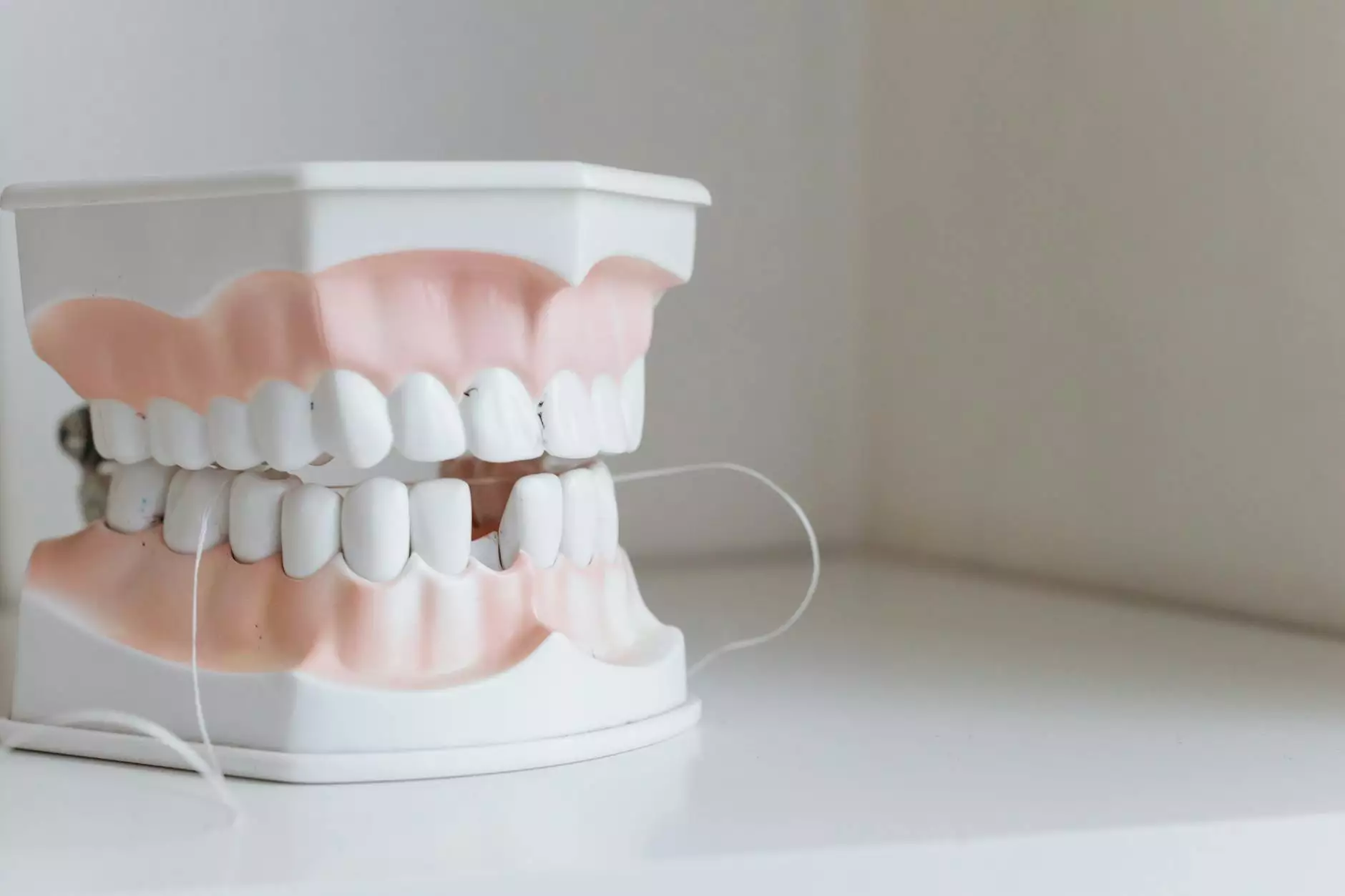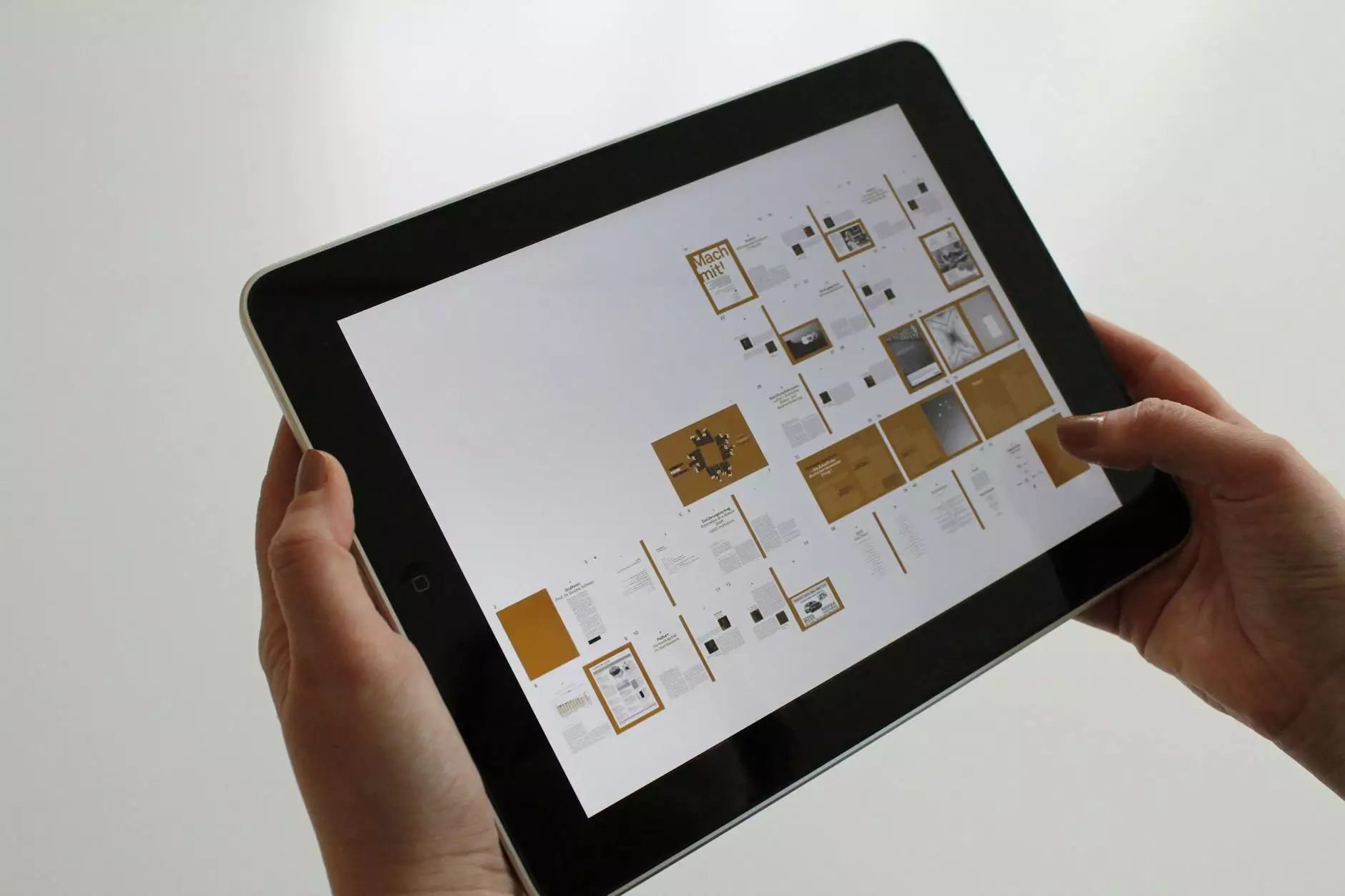Understanding Endoscopic Thoracic Sympathectomy: A Comprehensive Guide

When seeking solutions for excessive sweating, or hyperhidrosis, many patients look for effective treatments. One such advanced procedure is the endoscopic thoracic sympathectomy (ETS). You might be wondering, "Where can I find endoscopic thoracic sympathectomy near me?" This guide will explore this procedure in detail, helping you understand its benefits, the procedure involved, and how to find the right specialists.
What is Endoscopic Thoracic Sympathectomy?
Endoscopic thoracic sympathectomy is a minimally invasive surgical technique aimed primarily at treating hyperhidrosis, particularly in the hands, feet, and underarms. This procedure involves cutting or removing parts of the sympathetic nerves that are responsible for sweating. Patients often consider ETS when non-surgical treatments fail to provide adequate relief.
Why Consider Endoscopic Thoracic Sympathectomy?
- Reduction of Excessive Sweating: ETS can drastically reduce sweat production in targeted areas.
- Minimally Invasive: The procedure is performed through small incisions, leading to quicker recovery times.
- Long-lasting Results: Many patients experience permanent relief from excessive sweating.
- Improved Quality of Life: Reduced sweating can lead to enhanced self-esteem and comfort in social settings.
Who is a Candidate for ETS?
While endoscopic thoracic sympathectomy is beneficial for many, it is not suitable for everyone. Ideal candidates typically include:
- Individuals with severe hyperhidrosis that hasn't responded to other treatments like antiperspirants, medications, or Botox.
- Patients who are in good overall health and can withstand anesthesia.
- Those who have realistic expectations regarding the procedure and its outcomes.
The Endoscopic Thoracic Sympathectomy Procedure
The ETS procedure is typically performed under general anesthesia and involves the following steps:
- Anesthesia: The patient is administered general anesthesia to ensure comfort throughout the procedure.
- Small Incisions: Several small incisions are made in the chest area, usually less than an inch long.
- Endoscope Insertion: A tiny camera (endoscope) is inserted through one incision to allow the surgeon to visualize the sympathetic nerves.
- Nerve









